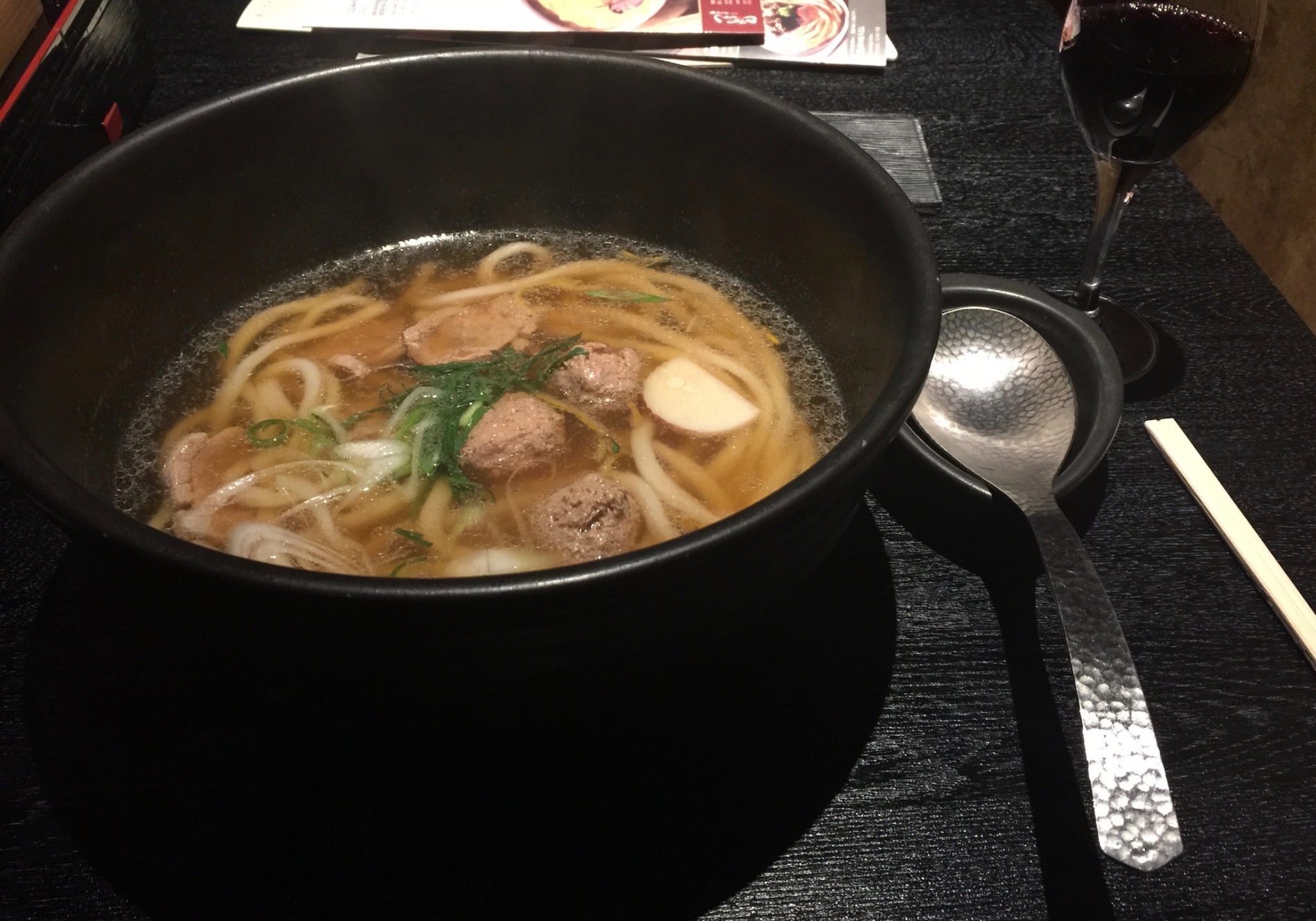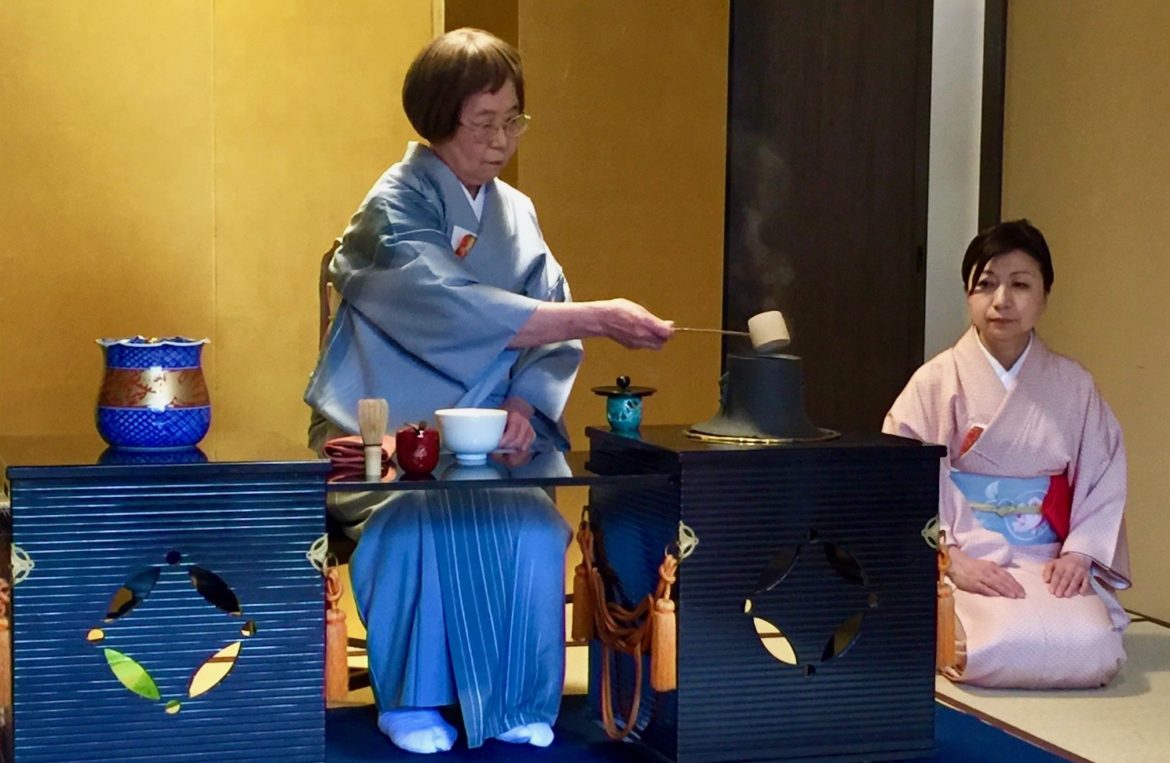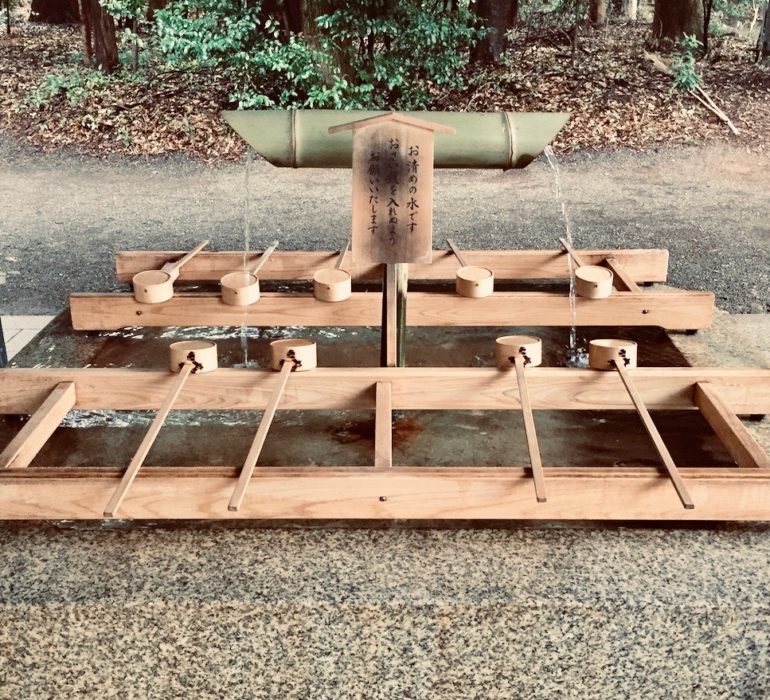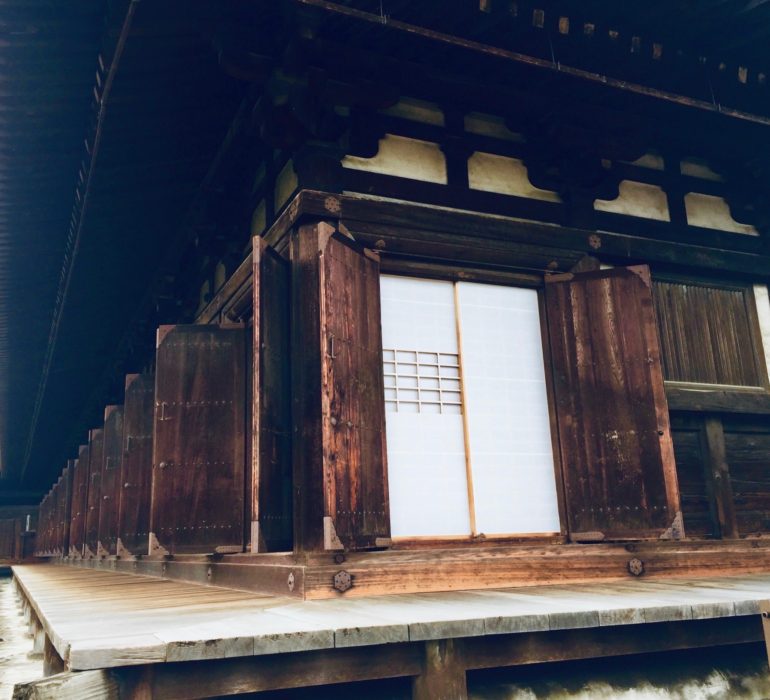Proper manners are important when visiting Japan and are widely practiced in the culture. Here are 10 etiquette tips for travel in Japan to keep you from committing a faux pas.
Page Contents
Tip 1: Greetings
Shaking hands is not common in Japan. Instead, people bow. Bowing is not only used as a greeting, but as a sign of respect in many situations. The deeper the bow, the more respect one is displaying. Small nods with the head are seen as casual and informal, but completely alright for foreigners.
Tip 2: Eigo o hanashimasu ka? (Do you speak English?)
Many Japanese people speak some English, but it is not widely spoken and you should not expect everyone to understand you. It goes a long way to learn a few Japanese words to help you along your travels.
Tip 3: Slurp Slurp (Eating noodles)
Noodles are everywhere in Japan. A cheap and quick meal that never disappoints. Slurping while eating noodles is common practice and expected. I have heard that it is customary to swallow your noodles whole, which I did not. But I probably also took longer than the average person from Japan to finish my meal.
Tip 4: Chopsticks
I tried so hard to handle chopsticks like the locals. This included me staring at people’s hands constantly to mimic how they properly positioned the chopsticks between their fingers. I FAILED!! However I did learn:
- Never point chopsticks at another person
- Use the opposite side of your chopsticks for communal eating
- Do not pass food from chopstick to chopstick
- Do not stick chopsticks into a bowl of rice
- When not using your chopsticks, they remain horizontal in front of your plate vs vertical like you would place a fork.

Tip 5: Paying for goods and services
It is very rare to pass money or credit card by hand to pay for goods or services. You should place your payment in a tray that will be placed in front of you instead.
Tip 6: Tipping
Tipping is not practiced in Japan and generally will not be accepted if you leave one. It is okay to tip guides, but always place the tip in an envelope before passing it to them.
Related post
Tip 7: Visiting Shrines
Shrines are a large part of the Japanese culture, so approach them with respect. It is customary for people to stop at the purification fountain before entering the shrine. If you want to purify yourself, there are several steps to doing it properly. If you are worried about being disrespectful, you can just watch to see how it is done.
Tip 8: Take off your shoes
You must remove your shoes if you are entering a shrine or temple, Japanese homes, and traditional Japanese hotels. If you are uncomfortable with bare feet in strange places as I am, keep a pair of clean socks without holes with you at all times. Where required, shoe removal is nonnegotiable.
Tip 9: Baths and Hot springs
Hot springs (Onsen) and bath houses (Sento) are very traditional aspects of the Japanese culture, and are interesting and relaxing experiences. I have only visited an Onsen, in which bathing tooks place outside, and had Mt. Fuji as the backdrop!
- You must clean yourself before entering an Onsen or Sento
- Bathing suits are not allowed
- Tattoos are generally not allowed as they are associated with criminal activity
- You will be given a small towel, which most people put on their heads while soaking. You should refrain from putting it in the water.
Tip 10: Public Spaces
Speaking on the cell phone on public transportation is not common and considered rude. It is also common to wear face masks in public. While the most common reason is to keep from passing sicknesses, a Japanese guide told me that some women wear them if they have not had the chance to put on makeup or if they are shy.
Either way, it is rude to blow your nose in public, and I swear I did not see a single person cover their mouths when they sneezed or coughed in the two weeks I was in Japan. So maybe the mask is the way to go!




